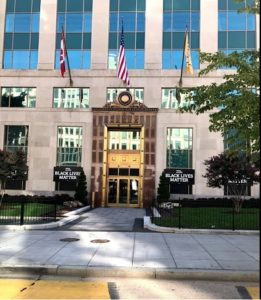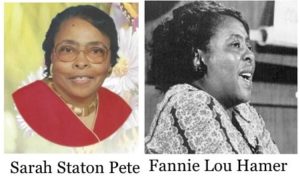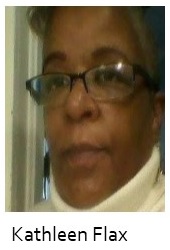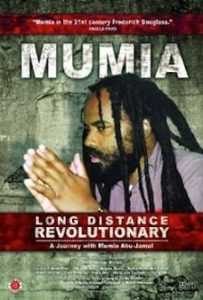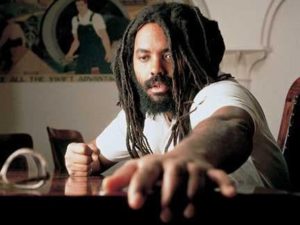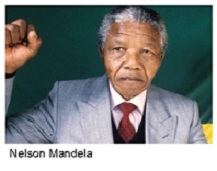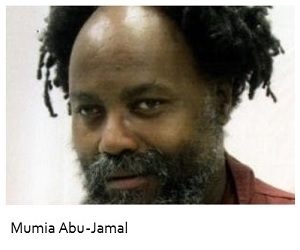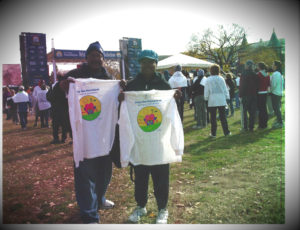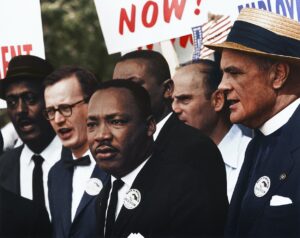 The observance of Dr. King’s birthday stirs a lot of memories. It reminds me of the tragic way his life was cut short when he was assassinated 56 years ago, four months after his 39th birthday. On the other hand, like numerous others, I felt a sense of pride when Dr. King’s birthday became a federal holiday in 1986. But what I think about most on Dr. King’s Day is the March on Washington.
The observance of Dr. King’s birthday stirs a lot of memories. It reminds me of the tragic way his life was cut short when he was assassinated 56 years ago, four months after his 39th birthday. On the other hand, like numerous others, I felt a sense of pride when Dr. King’s birthday became a federal holiday in 1986. But what I think about most on Dr. King’s Day is the March on Washington.
I was a naïve junior high school student on summer break when the March on Washington occurried. Before that, I was aware of the civil rights crusade, although, to my knowledge, no one in my family was active in the movement. And since we were living in Washington, DC, the place some of my Carolina relatives referred to as “up North,” I felt distanced from — but was not oblivious to — the demonstrations and violence against demonstrators in the Dixie states.
I acquired my early education about the civil rights movement from the TV, and by perusing newspapers and other publications my dad brought home. Our family only had one old black-and-white television during my childhood, and my parents controlled the viewing. Each evening, after my dad arrived home from work and the family finished eating dinner, dad would turn on the nightly news. My siblings and I had no choice but to watch the news with him – boring as we thought it was – or find something else to occupy our time until we could reclaim the TV. Then, we would watch some of our favorite programs: Leave It to Beaver, Ozzie and Harriet, Father Knows Best, I Love Lucy, and My Three Sons. I only remember three black programs airing back then: Beulah, Amos and Andy, and The Nat King Cole Show. As the civil rights and black pride movement progressed, numerous black people, the NAACP, and others alleged that Beulah (a black maid) and Amos and Andy promoted stereotyping. Those shows were canceled but remained in syndication for years.
Dad subscribed to The Washington Daily News and frequently brought home editions of other papers, including The Capital Spotlight, The Washington Afro-American, and Ebony and Jet magazines. I will never forget how horrified I was the first time I opened Jet and saw a photo of Emmett Till’s disfigured body after he was murdered in Drew, Mississippi, and dumped in the Tallahatchie River.
On August 28, 1963, when my Aunt Sarah, a schoolteacher in New York, arrived in DC with some of her coworkers from the Big Apple to participate in the March on Washington, I no longer considered the civil rights movement to be just another sad news story. Suddenly, it was a big deal. I actually knew someone who was going to participate in the march. My aunt would be among the numerous people joining the largest gathering for civil rights of its time.
Aunt Sarah and her friends tried to persuade my mother and me to go to the march with them, but mother declined for both of us. We had watched too many newscasts showing civil rights demonstrations where adults and even school-aged children were violently attacked, blasted with high-powered fire hoses, and wrongfully jailed. And I knew from overhearing the conversations of some of our neighbors who hung out on the front stoop of the apartment building where we lived that they believed hostile white crowds were planning to attack marchers on the National Mall with the same maliciousness used against protesters in southern states. I also remember being as surprised as many adults that the anticipated city-wide clashing between non-violent marchers and anti-protesters in the streets of DC did not occur.
I’ve always felt proud knowing my Aunt Sarah was one of the estimated 250,000 people who participated in the March on Washington, the largest gathering for civil rights during that time. In hindsight, I regret that I did not march with her.
I once read the following quote. I don’t remember where I read it, but it has stayed with me. “Everything will come in its own time at exactly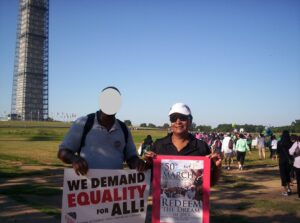 the right time for you.” And so it did. I missed the opportunity to stand with my aunt
the right time for you.” And so it did. I missed the opportunity to stand with my aunt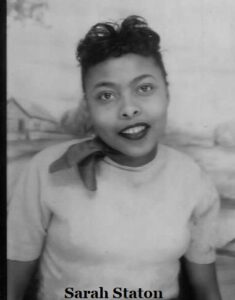 amid the crowd, to be there – in person – to hear Dr. King give his iconic speech. But since then, I’ve participated in several protests, rallies, and marches for worthy causes, including the 50th Anniversary of the March on Washington in August 2013.
amid the crowd, to be there – in person – to hear Dr. King give his iconic speech. But since then, I’ve participated in several protests, rallies, and marches for worthy causes, including the 50th Anniversary of the March on Washington in August 2013.
So, every year, on Dr. Martin Luther King Day, as I remember Dr. King’s tremendous contribution to civil rights, I also think of my late Aunt Sarah (who died on Thanksgiving Day in 2011). How fortunate was she to attend the March on Washington and hear The Dreamer speak? She created a small niche in American history and a significant one in our family history because she was right there in the crowd. Black and proud.


